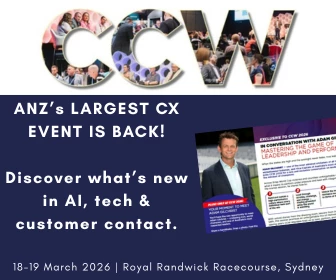Coca-Cola's Knowledge Platform Optimizes Decision Making
Add bookmarkThe perfect blend of art and science – a phrase befitting Doug Bippert’s juice industry background – is how Bippert explains his decision-making process. Over the past two years, Bippert, the vice president of business acceleration for Coca-Cola’s Global Juice business, has guided a transformation of the decision-making process for all juice products. The division increased the impact of each decision through a company-wide knowledge platform holding the data – the science – that experts combine with the intuition – the art.
Bippert, will speak to his division’s transformation at the upcoming 2nd Annual Pricing Strategy and Revenue Optimization Summit. His talk will focus on the knowledge platform tool that has helped merge key decision points and better informed all parties involved. It is a concept and methodology that Bippert said can be used in any industry.
[eventPDF]
"We felt we were able to build a knowledge platform that gets everyone on the same page and operating on the same numbers," Bippert said. "Just having everyone working on the same numbers really improves speed.
Previously, the company was constantly returning to individuals to get opinions or gather data.
"Now everything is taken out of their hands and put on a common platform and gets some transparency," Bippert said. "It takes a lot of things that were tied up in their spreadsheets or their heads and puts it out in the open."
Coca-cola also adopted advanced analytics to measure everything "from growth to glass," even conducting chemical and physical measurements to determine taste preferences. It’s all in an effort to fully capture preferences of an increasingly knowledgeable consumer base.
"A lot of decisions were made on what I would consider rules of thumb and what I would call rounded statistics," Bippert said. "Now we’re able to go in and be very specific about the taste attributes that we’re trying to optimize."
Which all amounts to better informed decisions. It also allows for thorough contingency planning and the ability to switch plans on the fly, with the research already done on expected outcomes of all decisions and scenarios.
"We’re trying to get a holistic view and make sure we have the tools in place to do a lot of advanced panning so that by the time we’re in the executing phase, we can make a change at the drop of a hat," Bippert said.
You can listen to the full interview on our podcast page.




















